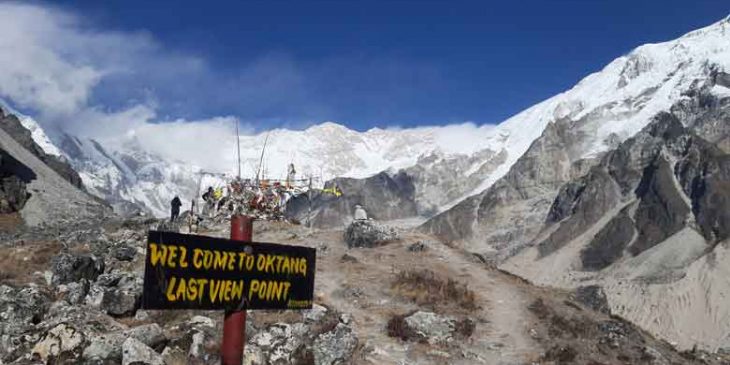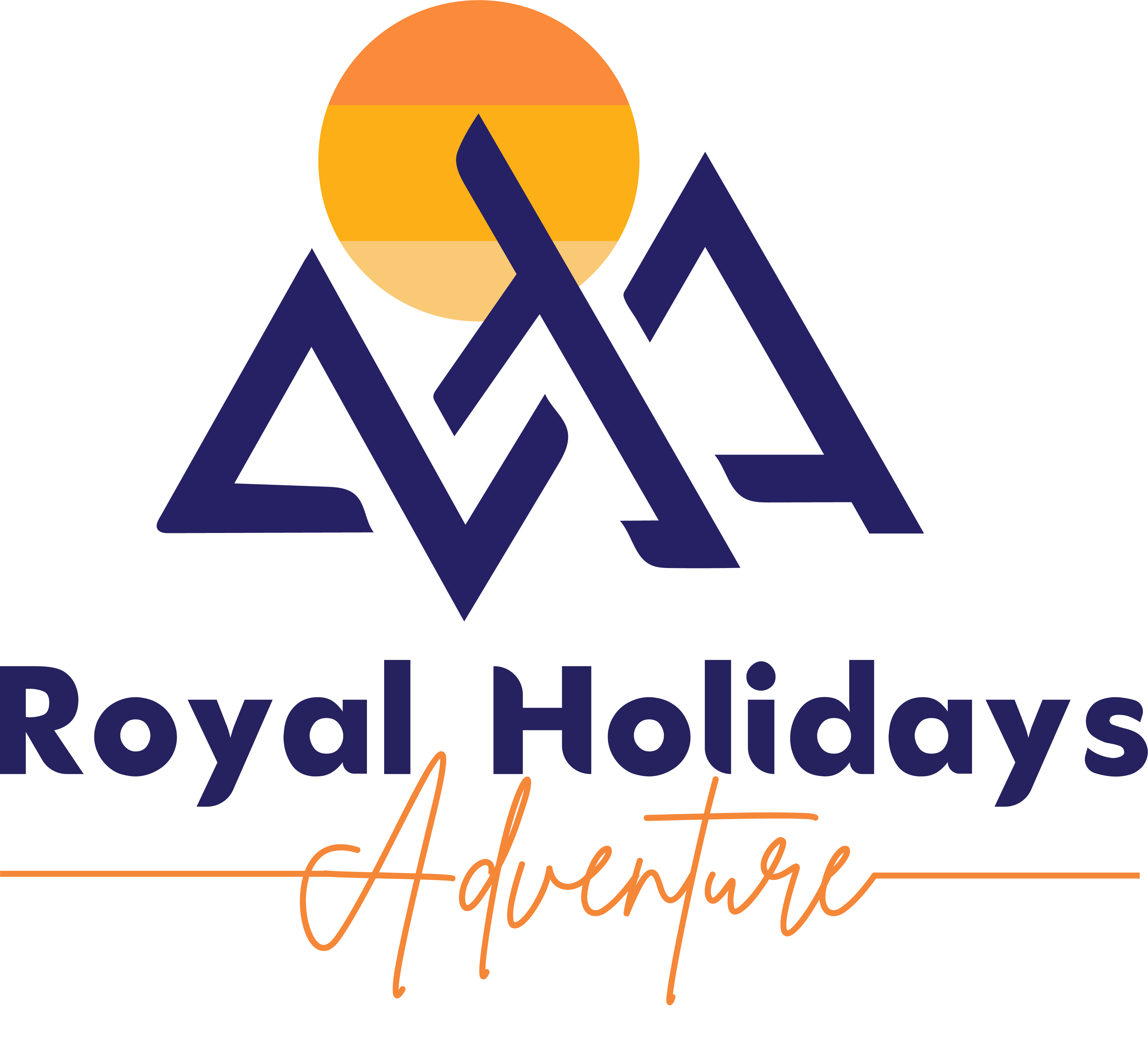
Kanchenjunga was So much more than what the internet shows. Kanchenjunga Base Camp Trek is the perfect blend of adventure, wilderness, and culture that travel-loving individuals will adore. In the rural Himalayas, if you are up for the challenge, a trek to Kanchenjunga region is made for you.
Everyone talks about trekking in the Himalayas but for the original experience look no further than here. Kanchenjunga Base Camp Trek for me is close to my heart. I remember the first time trekking to the Pang Pema Base camp with my friends nearly a decade ago. Having been there over half a dozen times more the region and I have some amazing experiences and stories. With all these times the connection and information I attained, this article will assist you with your trekking expedition to Kanchenjunga. Here, our expert team presents you with everything that you’ll need to Know before the Kanchenjunga trek.
Table of Contents
Kanchenjunga Base Camp Trek: Pre-Trek Preparation
Good and smart preparation is very important in the longer treks of the Himalayas. Preparation includes physical wellness and other things that constitute the treks. For being physically ready you can follow some of the trekking exercises out there. Similarly, few small hikes or even treks will warm up your body for a Sublime trek here. Trails in the Kanchenjunga region are normally, well-over two weeks long, hence preparations like gears and equipment mustn’t be hurried. What most trekkers do is they want to buy everything in a day before the trek. This is a common mistake as you will have to rush from one shop to another rather than focusing on the trek.
The best idea is to make a list of gears, equipment, clothing, and other essential items for the trek. Contact your trek organizer or guide and run through the list to find the ease by which you can get these items. Try preparing a couple of weeks before the trek. For example, trekking boots might take a few walks to break comfortably. Connecting with your guides or experts will give you the well-required suggestions for the smooth completion of the trek. Check here for a list of items and gears for trekking in the Himalayas.
Kanchenjunga Base Camp Trek: Best time
There is no second vote that Kanchanjunga is beautiful throughout the year. However, for the best and safest experience of trekking in the Himalayas, choosing the best time is ideal. Kanchenjunga Base camp Trek and Kanchenjunga circuit are the most popular trekking trails and both are considered as moderately difficult trekking trails in the Himalayas.
You will be trekking well over 4000 meters in altitude for multiple days hence it will be difficult to trek in extreme winter. Similarly, weather can change quickly and the trails might not be ideal for the heavy monsoon in the Eastern regions of Nepal as well. Having said that, here we’ve broken down the time and experience to trek in the Kanchanhanjunga region:-
- March to May: – spring, Flower Blossoms, Great landscape views, Best trail condition
- September to November: – autumn, Clear and unobstructed Skies, the season of major Hindu festivals
- July to early September: – Summer Monsoon, Poor trail condition in the lower regions, fantastic for an adventure
- December to February: – winter, Snow covered trails, risky weather to do the High Mountain passes, Best Himalayan views
You can choose from these trails to walk in the Kanchenjunga area: –
- Kanchenjunga Circuit
- Kanchenjunga North Base Camp (Pang Pema)
- Kanchenjunga South Base Camp (Okhtang)
- Short Kanchenjunga Circuit
Section 1 of the Great Himalayan Trail (1,700 km through the Nepalese Himalayas)
Arrange and plan for transportation (Flight and vehicle booking)
Kanchenjunga Base Camp Trek starts in Taplejung no matter how the trail goes. Taplejung is the north-easternmost district of Nepal. Reaching to Kathmandu is easy as it is connected through direct/indirect flights from all around the world. From the capital to reach the starting point of the trek you have options to drive or fly to Taplejung.
The flight might take over 45 minutes to the Suketar Airport here. A drive of about a day, through hills, Terai, and back to the base of Himalayas. You can book domestic flights while you can also catch a bus from different parts of the valley to go directly to Taplejung. You can also hire a private vehicle to reach there which might be a bit costly.
Transportation price and methods
- Flight from Kathmandu to Suketar (45 minutes, 100$-140$)
- A bus ride to Taplejung (22 hrs. 25$)
- Private Vehicle/Jeep/Van/Car (22 hrs. 400$- 600$ round)
If you are booked with a good tour/trek operator, they will handle your domestic and international travel. However, if you are looking to do it yourself, better book/finalize your tickets well before the trek.
Kanchenjunga Trek: Permits & Travel Documents
Almost for the whole trek, you will be walking in the Kanchenjunga Conservation Area. You’ll require the permits to trek in this region. Additionally, you also must have a restricted area permit (RAP) for trekking in the restricted portion of the Area. TIMS (Trekkers’ Information Management System) card is also mandatory for trekkers in Nepal. Here, we have all the information about the permits, cost, and where you can apply/get these.
Kanchenjunga Conservation Area Entry Permit (KCAP)
- 2,000 rupees (18$) per person
- Available from Nepal Tourism Board Office, Kathmandu
Kanchenjunga Restricted Area Permit
- 10 USD per week per person
- Available from Nepal Tourism Board Office, Kathmandu
Trekkers’ Information Management System (TIMS) card
- For TIMS card, you’ll need: – a copy of your passport and two passport-sized photos
- 20$ for single/ 10$ per person if in a group
- Available from Nepal Tourism Board Office, Kathmandu
Research and formulate your itinerary
There are not many trails to choose from in the Kanchenjunga but you can customize your itinerary a lot. Most people love to extend their stay in one or many villages in this trail. The normal itinerary goes anywhere from 17 to 28 days according to your needs. Kanchenjunga is not there to rush, it is here to stay and enjoy the embrace of nature.
You can find a lot of pre-planned itineraries and travel journals to plan your itinerary. With further research, you can split days into difficult sections and complete the trek smoothly. Rest and acclimatization are important no matter how good you are at trekking. Smart planning and formulating the itinerary makes your trek better than following some online itinerary. Better choose a proper and experienced trek organizer for finding the itinerary just for you.
Arrange a local guide and porters (if required)
Kanchenjunga trek, unlike Annapurna and Everest treks, is among the lesser traveled and comparatively rural areas for trekkers. Moreover, there are few landslide-prone areas and you might have to re-route for reaching the destinations. Similarly, for the high passes proper planning and a local guide are absolutely suggested. Always select a licensed official guide for the Kanchenjunga with local expertise for a well-managed trek.
As for the porters, you can either take one or more for the whole trek. If you fancy yourself carrying your stuff without any help. Remember that you can have some tough terrain and sections, where having some porters will help. Also, you’ll be helping the local economy which is always great for the Himalayas. Always do this trek with a good team of porters and guide for a fantastic trekking experience.
Personal Tips From Our Kanchenjunga Experts
- Always select a local experienced guide for Kanchenjunga with First aid skills
- If you have to take some medications for altitude sickness as it is very possible to get it at these altitudes.
- Always carry extra batteries as it might come very handy for plug and electricity problems
- Never rush walking, go slow and steady to properly enjoy trekking in the Kanchenjunga region.
- Enjoy local snacks and organic products
- During the trek wake early for the best views of the sunrise views.
- Try gaining the permits at least a day before the trek and know about the opening/closing of the offices.
- Follow the instructions and tips of your guide in any unforeseen cases and complications.



















